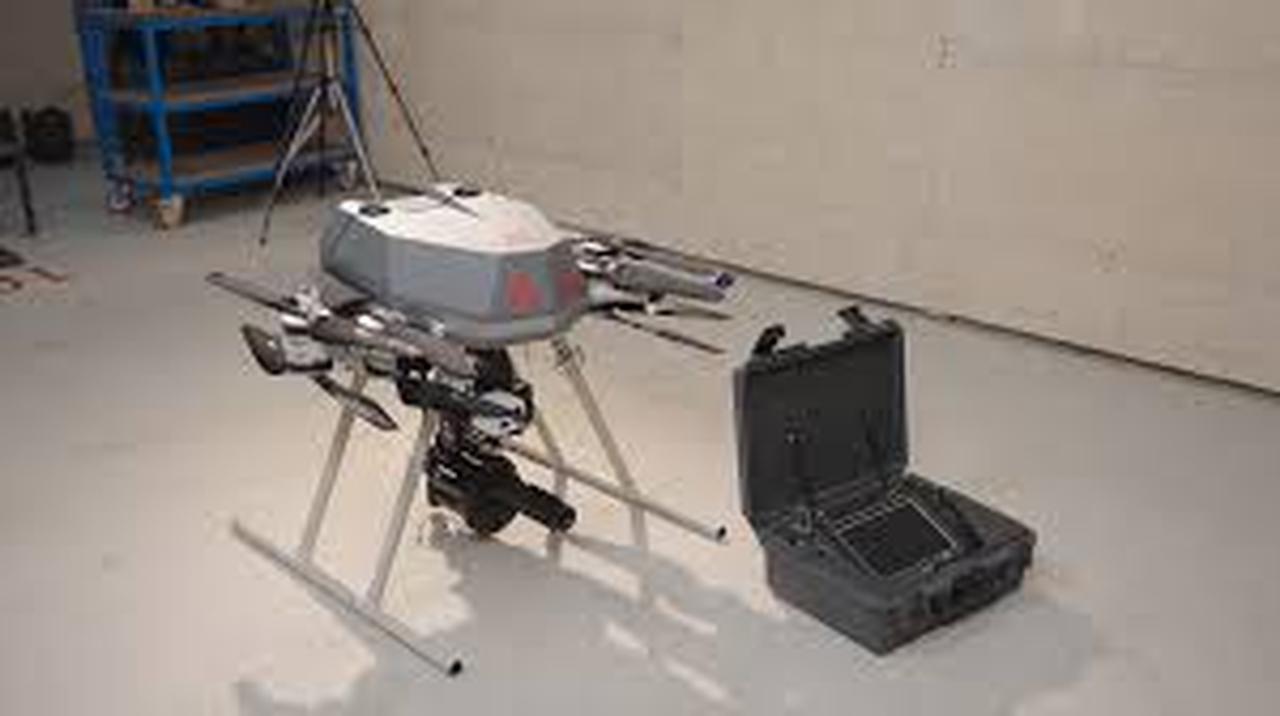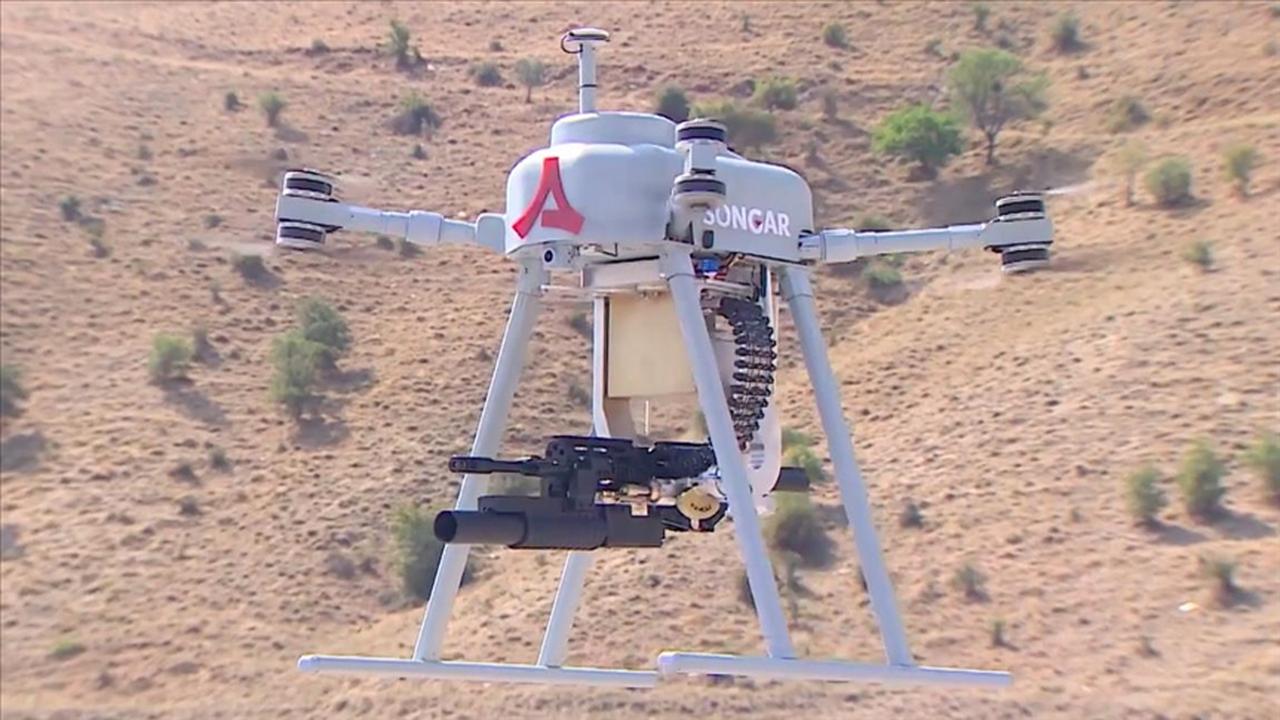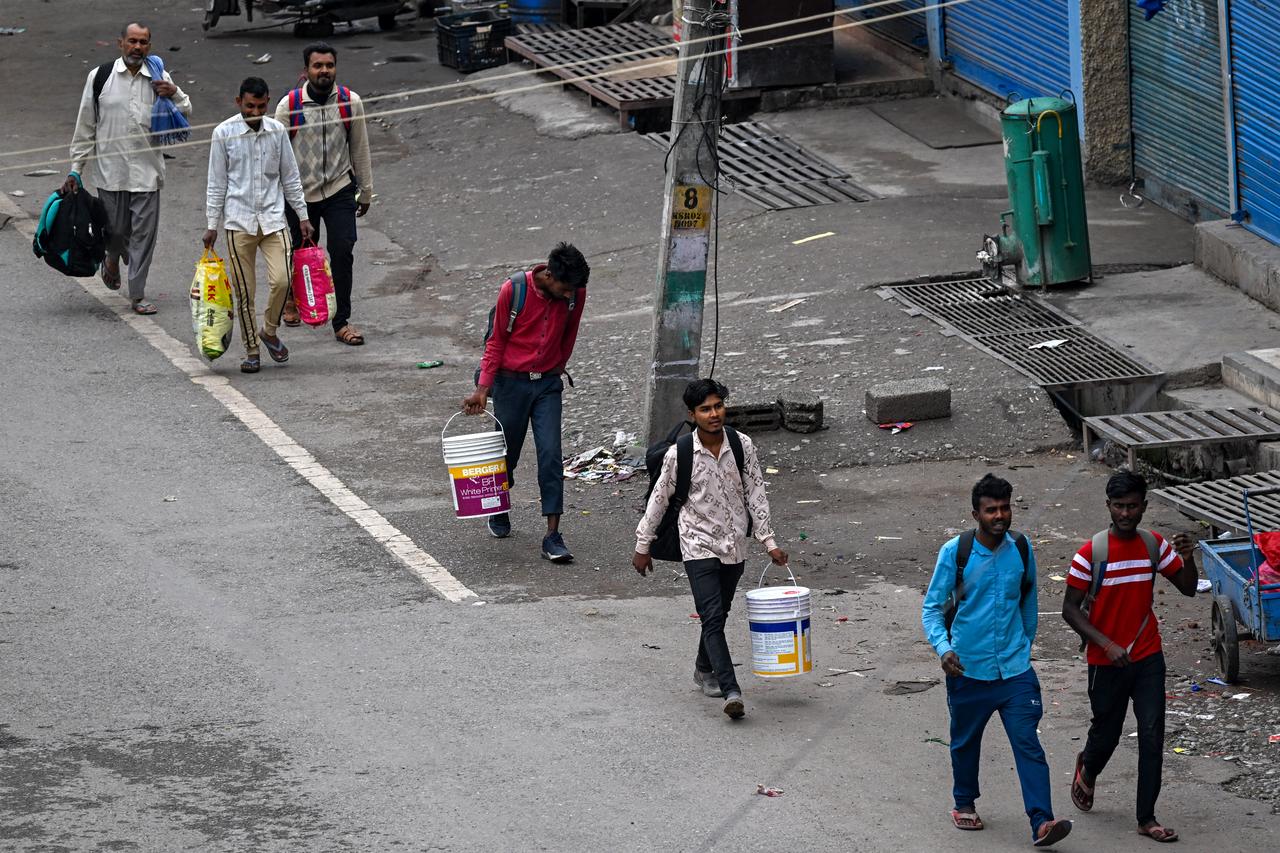
Indian military officials have made sweeping allegations about Pakistan employing hundreds of Türkiye-manufactured armed drones in a significant cross-border confrontation, but technical specifications and operational logistics of the identified systems raise substantial questions about the accuracy of these claims.

The identification of the Asisguard Songar in this context requires closer examination. According to the manufacturer's specifications, the Songar is a sophisticated armed drone system with distinct operational characteristics and limitations.
The Songar features an octocopter configuration with eight carbon-fiber propellers and eight electric motors. It has a maximum takeoff weight of 44 kilograms and can carry a payload of up to 9 kilograms. The system operates within a mission radius of up to 5 kilometers and has a maximum flight time of approximately 25 minutes.
Designed primarily for precision operations, the Songar includes a Gun Stabilization System compatible with assault rifles carrying 5.56 caliber ammunition.

The identification of the Asisguard Songar in this context warrants closer examination. According to the manufacturer's specifications, the Songar is a sophisticated armed drone system with distinct operational characteristics and limitations.
The Songar features an octocopter configuration with eight carbon-fiber propellers and eight electric motors. It has a maximum takeoff weight of 44 kilograms and can carry a payload of up to 9 kilograms. The system operates within a mission radius of up to 5 kilometers and has a maximum flight time of approximately 25 minutes.
Designed primarily for precision operations, the Songar includes a Gun Stabilization System compatible with assault rifles carrying 5.56 caliber ammunition. Its user-friendly design incorporates autonomous and manual flight control modes, with features like "Return to Home" functionality in case of link loss or critical battery levels.
The system's Ground Control Station allows for real-time video and flight data transfer, with capabilities for mission planning on moving maps and autonomous flight along planned routes. Additionally, the drone can operate in temperatures ranging from -20°C to 50°C and withstand wind speeds up to 10 meters per second.

The identification of the Asisguard Songar in this context requires closer examination. According to the manufacturer's specifications, the Songar is a sophisticated armed drone system with distinct operational characteristics and limitations.
The Songar features an octocopter configuration with eight carbon-fiber propellers and eight electric motors. It has a maximum takeoff weight of 44 kilograms and can carry a payload of up to 9 kilograms. The system operates within a mission radius of up to 5 kilometers and has a maximum flight time of approximately 25 minutes.
Designed primarily for precision operations, the Songar includes a Gun Stabilization System compatible with assault rifles carrying 5.56 caliber ammunition.
According to the Indian officials, their forces responded to the alleged attack by launching counterstrikes against four Pakistani air defense sites, claiming that one radar installation was successfully destroyed. The briefing also reported artillery exchanges across the Line of Control, with Col. Qureshi noting casualties on both sides.
"Pakistan also carried out artillery shelling across the Line of Control using heavy caliber artillery guns and armed drones at Sunder, Uri, Poonch, Mendhar, Rajouri, Akhnoor and Udhampur in Jammu and Kashmir area, which resulted in some losses and injuries to Indian Army personnel," stated the official during the briefing.
Indian authorities suggested that one purpose of the alleged drone intrusions might have been to "test the air defence systems and gather intelligence." However, the specific identification of Asisguard Songar drones in such large numbers has raised questions among military technology observers about the accuracy of the initial assessment.